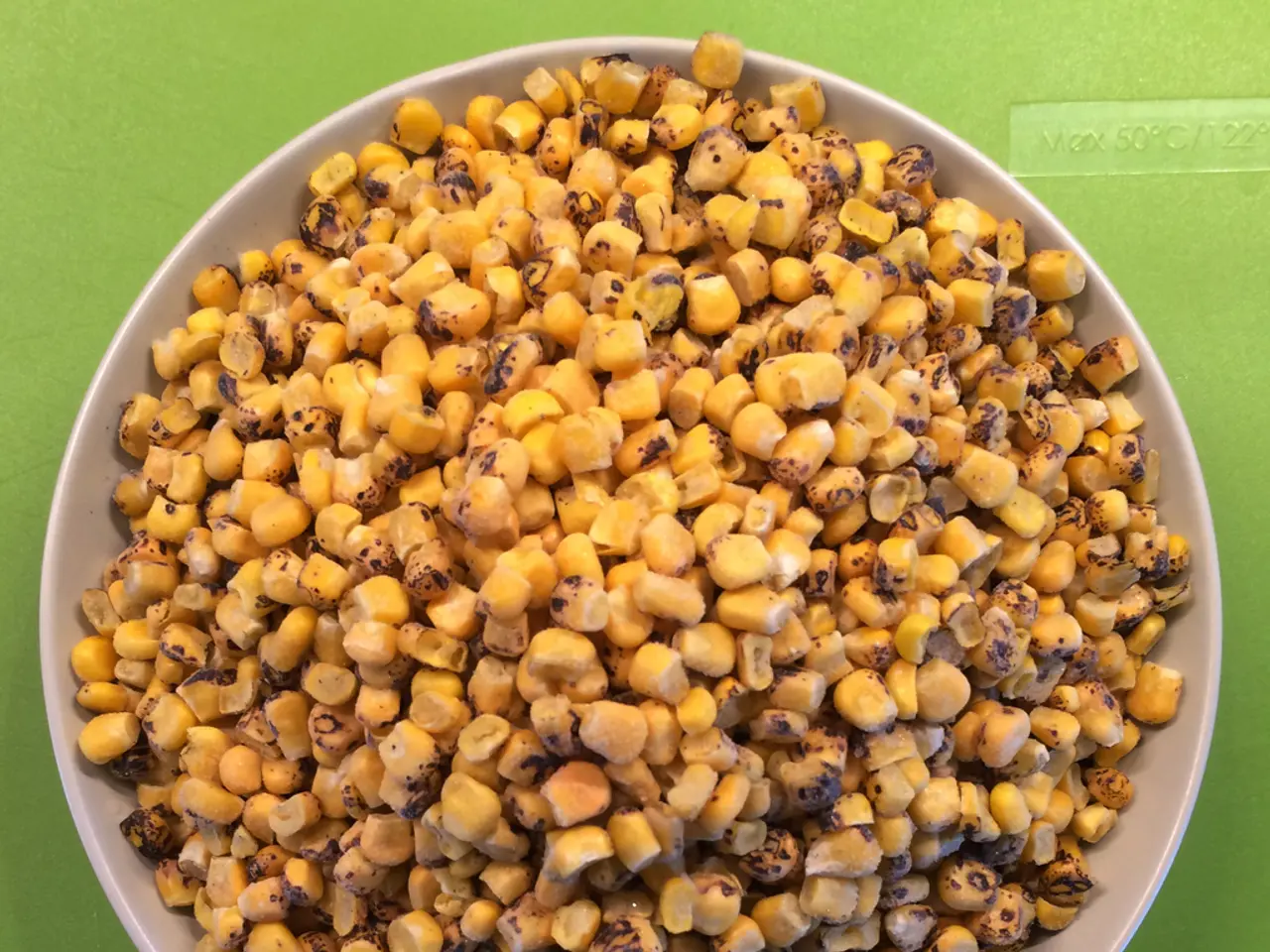Rice, Pulses, and Oilseeds Planting Area surpasses 262 Lakh Hectares; Rice and Pulses witness Increase, Cotton falls behind
The Kharif sowing season in India for 2025 has witnessed a significant increase overall, with gains in rice, pulses, oilseeds, coarse cereals, and a minor decline in cotton.
Key highlights include:
- The total Kharif area sown has surged substantially, with reports indicating coverage of around 262.15 lakh hectares by June 27, which is up by about 27.49 lakh hectares compared to last year. - Rice sowing shows strong growth, with an increase of nearly 4.86 lakh hectares over last year (35.02 lakh hectares sown as of June 27), and a percentage increase of approximately 47.3% year-on-year. - Pulses have expanded notably, with total sown area reaching 21.09 lakh hectares, driven especially by moong cultivation, which rose by 1.77 lakh hectares to 4.43 lakh hectares. Urad and moong beans have also seen significant growth, though arhar pulses have seen a minor decline. - In the oilseeds sector, sowing area increased, notably for soybean, which showed the largest gain among oilseeds with an expansion of 66,000 hectares. Groundnut sowing has seen a marginal decline, but soybean and other oilseeds experienced overall positive growth. - Coarse cereals under the "Shri Anna" initiative have also risen, with an increase of 6.74 lakh hectares to 41.75 lakh hectares, led by maize which alone increased by over 2 lakh hectares. - Cotton sowing, however, has declined by around 8.9%, signaling a drop in acreage likely due to crop diversification or market/weather factors affecting farmer choices.
This overall positive trend in key Kharif crops reflects timely, widespread monsoon rains and favorable climatic conditions, encouraging early and expanded sowing activity across major agricultural belts in India. The growth in pulses and coarse cereals also supports food security and diversification goals, while the decrease in cotton area points to shifting priorities among farmers.
**Summary Table:**
| Crop Category | Trend in 2025 Sowing | Key Details | |--------------------|--------------------------------------|------------------------------------| | Rice | Significant increase (+4.86 lakh ha) | 35.02 lakh ha sown by June 27; +47.3% growth year-on-year | | Pulses | Healthy growth | 21.09 lakh ha total; moong up 1.77 lakh ha; urad also up; arhar slightly down | | Oilseeds | Positive growth (esp. soybean) | Soybean +66,000 ha; groundnut marginal decline | | Coarse Cereals | Increased (Shri Anna initiative) | 41.75 lakh ha total; maize +2 lakh ha | | Cotton | Decline (~8.9%) | Reduced sowing area noted |
The monsoon is fully active across the country and is expected to bring widespread and timely rainfall, particularly beneficial for central and northern India in the coming weeks. Additionally, efforts are being made to increase the price of turmeric for farmers to Rs 18,000-Rs 19,000 per quintal by 2025, while the National Turmeric Board HQ has been inaugurated in Telangana. The increase in oilseeds coverage is expected to improve domestic edible oil availability and reduce import dependency. Kharif sowing is progressing well and is expected to maintain its pace.
The enhanced sowing activity in the Kharif season might be attributed to the favorable weather conditions, as the monsoon is fully active and anticipated to deliver widespread and timely rainfall, particularly in the central and northern regions of India. Moreover, the growth in oilseeds coverage could potentially result in improved domestic availability of edible oils, thus decreasing the dependency on imports.








